UNF-2A and UNF-2B are standards specifying the dimensions and fit for Unified National Fine (UNF) threads, which are used in the United States. The primary differences between these two specifications pertain to their application types and thread tolerances, particularly for external (male) and internal (female) threads.

-
UNF-2A:
- Application: Used for external threads, such as on bolts or screws.
- Characteristics: Tends to have looser tolerances to ensure that the bolt can easily engage with the corresponding internal thread (nut).
- Tolerance and Fit: More lenient, accommodating a range of mating requirements.
-
UNF-2B:
- Application: Used for internal threads, like those in nuts or threaded holes.
- Characteristics: Compared to UNF-2A, this specification typically involves stricter tolerances to ensure that the external thread can be smoothly screwed in.
- Tolerance and Fit: Tighter, to ensure a reliable threaded engagement.
When used in conjunction, UNF-2A and UNF-2B threaded components ensure a snug and smooth fit while also allowing for some manufacturing variances. This standardized approach to thread design allows for interchangeability and compatibility of bolt and nut components across different manufacturers, ensuring reliable connections and strength.
In selecting and using threads, it’s important to consider not just the type (such as UNF-2A or UNF-2B) but also other parameters like diameter and pitch. In precision or critical applications, correct thread engagement is vital for maintaining structural integrity and safety.


Hydraxio manufacture and supply SS hydraulic JIC fittings and ORB fittings that with UNF threads. Please contact us for more details if any inquiries.

